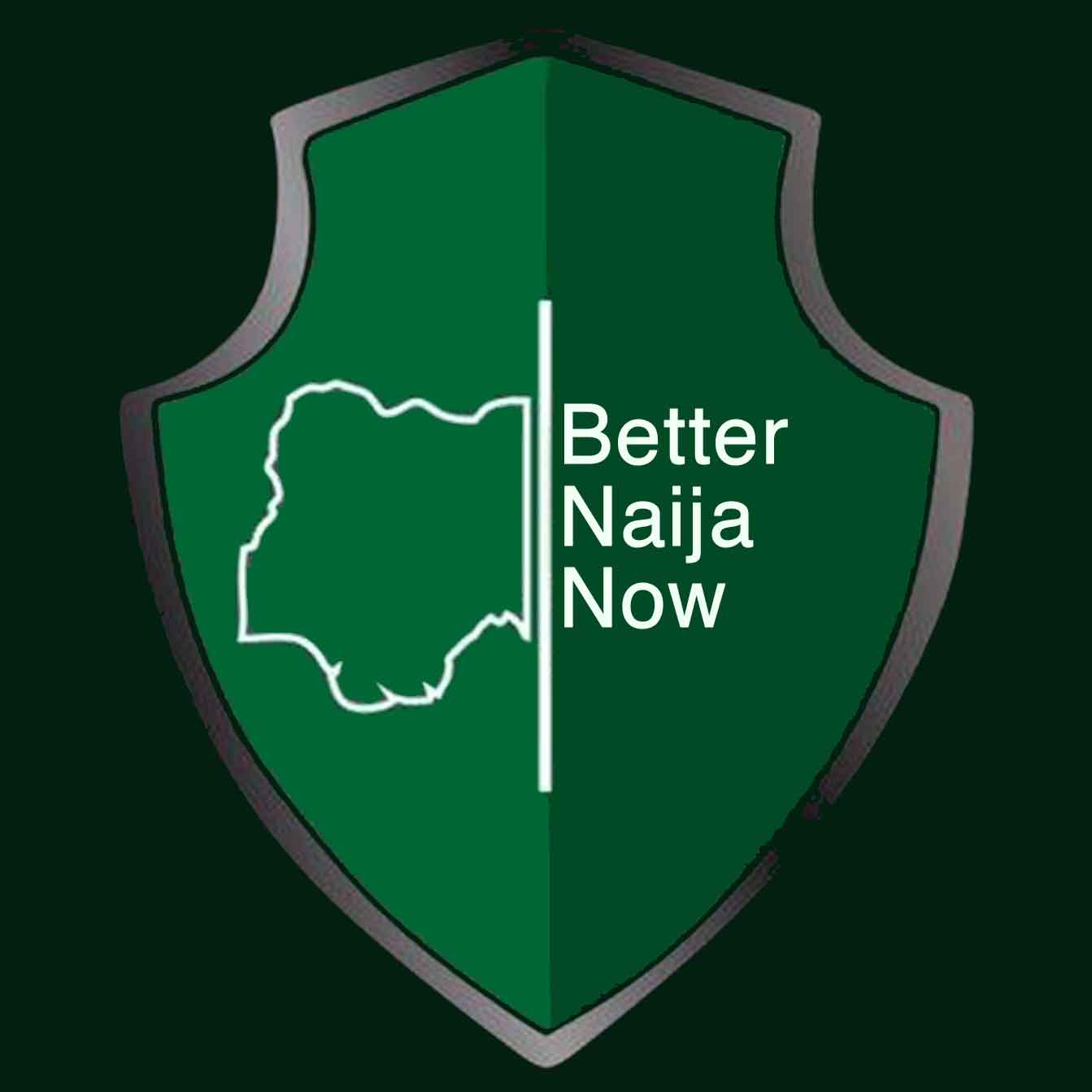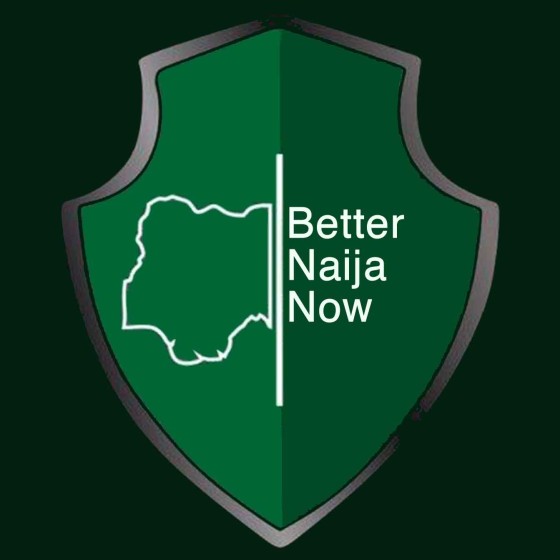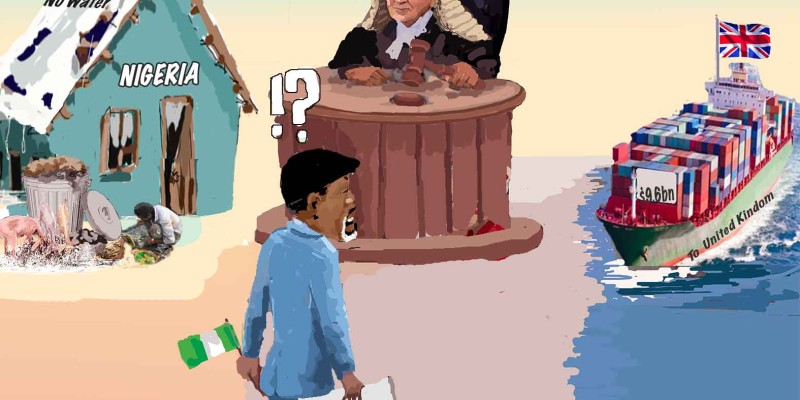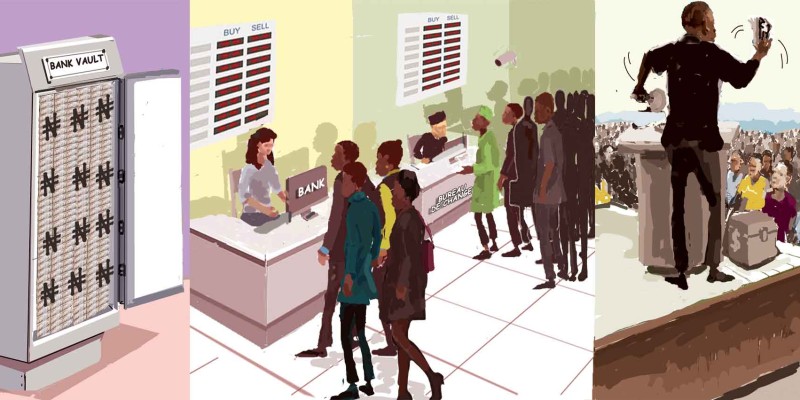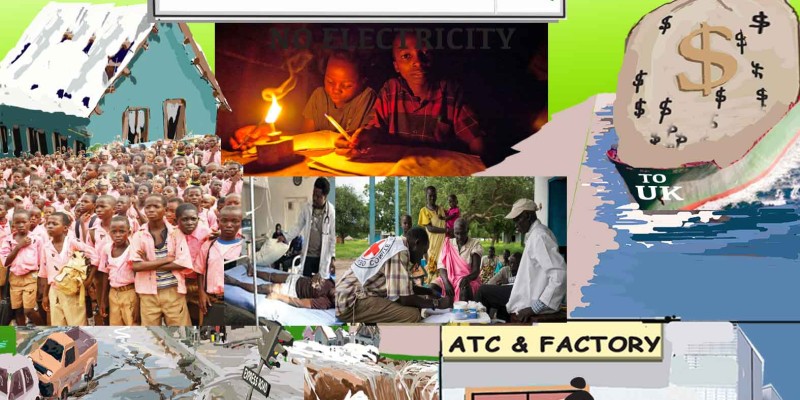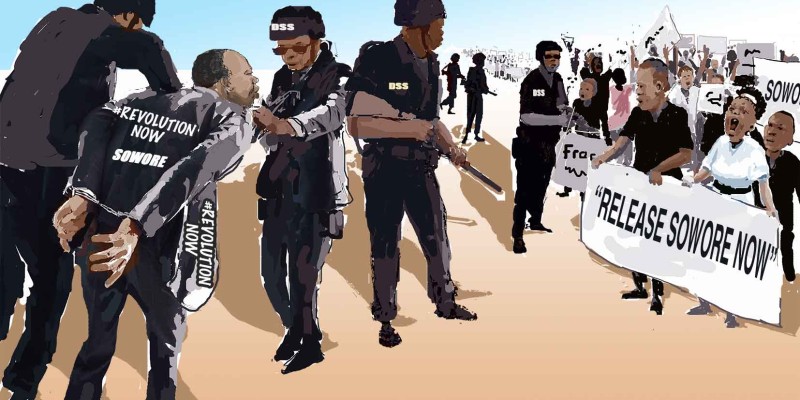Font size:
Print
DEBT, DEBT EVERYWHERE AND YET MORE DEBT
By: Sir Henry Olujimi Boyo (Les Leba) first published in May 2018INTRO:
Last week, this column republished “Nigerianomics and the Blind Leading the Blind” The article highlighted the effects of double-digit inflation rates on local businesses and Nigerians. This republication can be found using the below link.
(See www.betternaijanow.com for this series and more articles by the Late Sir Henry Boyo)
The last two articles discussed Nigeria’s rising debt profile and the impact of inflation on earned income amidst various factors. Today’s republication places emphasis on these issues. In the face of increasing idle reserves under the care of CBN, the government continues its borrowing spree, an act which has not yet proven beneficial to the welfare of Nigerians. These articles are being republished with the hope that we as a people can learn more about the intricate system which keeps our nation from achieving progress. Read the article below for more insight.
As you read through the below article taking note of previous events and rates, keep in mind its initial publication (2018).
In May 2018, the International Monetary Fund’s, Resident Representative for Nigeria, Amine Mati, expressed concern, at a Spring meeting held in Washington DC, on Nigeria’s capacity to sustain a debt burden which has, reportedly almost doubled from N12.12Tn in June 2015 to N21.75Tn by December 2017.
In retrospect, the N21.75Tn debt (about $65bn) is, alarmingly, also double the $34bn, which was considered unsustainable by 2005; consequently, despite an evidently dysfunctional economy, with severe social and infrastructural deprivations, Nigeria, was ultimately compelled to cough up over $12bn to receive forgiveness of $18bn.
Nonetheless, the unfolding debt predicament hastily consolidated, barely a decade after the Paris and London Creditors ‘shakedown,’ was certainly foreseeable and therefore avoidable. However, despite several admonitions on various platforms, by this writer, for Nigeria to restructure the subsisting counter-productive fiscal and monetary models, which have continuously compelled deficit budgets and increasing debt accumulation, regrettably, successive Administrations have, stubbornly persisted, in a path of perfidy, which invariably precipitates deepening poverty and a comatose economy.
Notably, however, after the controversial 2005 debt exit, Nigeria’s debt profile became very lean with $3bn external debt and barely N1tn outstanding domestic debt, while local contractors were reportedly owed N1Tn.
Nonetheless, in the run up to debt exit, this writer had examined the implications of the existing, controversial and oppressive debt in an article titled “$34bn debt, 20bn reserve, debt forgiveness and slavery” (See Vanguard Newspaper, February 28th 2005). That article was followed on July 4th 2005 by another piece titled “Now that we have debt relief.”
Expectedly, however, when misplaced public expectation for a stronger naira exchange rate and a bustling domestic economy, did not materialise after debt forgiveness, another article “Why the Naira rate remains resistant to debt relief and huge reserves” was published on August 8th 2005, and followed later on December 12th 2005 with another intervention titled “Compassionate debt relief and Paris club 419!” Furthermore, in consternation at our unchanging parlous economy after the so called “debt forgiveness”, the title “Debt free but still shackled!” was published, on April 9th 2007, and later followed by “National assembly fiddles as debt burden cripples” on May 26th 2008.
The increasing pain of servicing our spiraling debt burden, subsequently led to the publication of the Trilogy, “Bleeding us to death with debt 1, 2 and 3” on 29/9/2008, 6/10/2008 and 13/10/2008 respectively. This serial lamentation, was followed on January 26th 2009 by “Increasing National debt-NASS beware!” which drew attention, once again, to the dangerous implications of Nigeria’s rising debts, while “External debt- at what cost” was later published in February 2009, to examine government’s claim that external debts are cheaper than domestic debts; “Mugu” smiles back to debt trap” was later published on December 7th 2009.
The title“Nigeria’s debt creation office” was subsequently published on October 25th 2010, in response to the seemingly compulsive and expensive, market forays of Nigeria’s Debt Management Office (DMO) to consolidate and streamline Nigeria’s public debt.
Furthermore, the apparent contradiction of rapidly increasing debt, despite fortuitously, relatively very bountiful foreign reserves of $42bn, invariably encouraged the publication of “Why are we still borrowing”on August 17th 2012. Furthermore, in response to favourable media commentary from both local and international media and finance establishments of Nigeria’s rapidly bloating debt burden, another article titled “As vultures applaud imminent debt trap” was published in May 2013, while “The paradox of debt accumulation in spite of healthy reserves” was later published on September 9th 2014. Nonetheless, on February 8th 2016 the title “To borrow or not to borrow” addressed President Buhari’s N6Tn 2016 budget, which accommodated a N2Tn borrowing plan which would further compound our already oppressive debt.
Notably, however, almost a year after the change of government in 2015, the title “Buhari’s compulsive leap into a debt trap” was published on April 11th 2016, to caution the government on the unusually expensive borrowings in an otherwise risk-free, low-rate Sovereign debt market.
The title “Development Versus debt peonage,” was a summary of a paper presented by Brian Browne, an African-American economist, which was published in March 9th 2017, and painfully followed in October 2017 with the title “Debt conundrum once again.”
Lately, however, in May 2018, IMF’s Amine Mati warned, that; “Nigeria’s debt figure which is 20.23 percent of GDP is still quite low by any standard, the issue is capacity to repay the debts.” So according to Mati, “(ratio of) interest payment to revenue is an issue” and he therefore recommended urgent “increase in revenue.”
Incidentally, the title “Is Lagarde a fairy Godmother or economist imperialist?” was published earlier in January 2016 to examine, the IMF boss’s admonition, that it was unhealthy to spend over 35 percent of actual income to service debts. Alarmingly, however, by December 2018, debt service may consume up to 50 percent of actual revenue in 2019 budget.
Nonetheless, D.M.O boss, Patience Oniha, also confirmed at IMF’s Spring meeting in May 2018, that, Nigeria’s external debt had risen from 20.4 percent in 2016 to 26.64 percent of total debt by December 2017. Oniha however, explained that “debt service is a function of the interest that you pay on borrowings as well as your revenue” and therefore noted that Nigeria’s “revenue has remained low relative to GDP”; consequently, the DMO has reportedly adopted, “a new debt management strategy to moderate the growth of interest expense, by shifting some of the borrowing externally”, since borrowing on the domestic market, would attract about 16 – 17 percent interest, while Government conversely was able to, lately, borrow $4.8bn for below 8 percent on the international market.
Inexplicably, however, despite the already oppressive debt burden, the Ministry of Transport’s Spokesperson, Yetunde Shoniake, in May 2018, confirmed, a contract agreement of “$6.68b with CHINA, for building the Ibadan- Kaduna segment of Lagos –Kano rail line.” Incidentally, whether or not the contract sum is a fresh loan remains unclear? Nonetheless, there is, no indication that the National Assembly has approved any such loan; it is however, undeniable, that the N2Tn ($6bn) projected deficit in 2018 budget, will further compound the reported N21.75Tn ($65bn) existing national debt as at December 2017, with possibly other ‘spontaneous’ external advances, which will inevitably push Nigeria deeper into an obnoxious debt trap, even when our eyes remain wide open.
Regrettably, the fallacy of cheaper foreign loans has also been promoted by Finance Minister, Kemi Adeosun. In reality, however, if Naira drops below N1000=$1 within 10 years (and this would be inevitable, if CBN persists in auctions of dollar rations against excess Naira), then, expectedly, an initially, relatively cheap 7 percent foreign loan, would require over three times the present Naira value, i.e., 21 percent to service, and to ultimately repay the foreign capital sum. Regrettably, in such event, this administration would also have gleefully sown wild oats that would choke the lives of generations yet to come, as these recklessly expensive public loans have historically failed woefully to improve social welfare.
Nonetheless, we must seriously address the seeming abiding tradition of borrowing what we have in excess! For example, it must be considered CRAZY for anyone to pay a higher cost for any commodity that is in excess supply; consequently, it is certainly absurd that while GOVERNMENT borrows Trillions of Naira with outrageous interest rates to fund annual budgets, the CBN, ironically, simultaneously sits on Trillions of IDLE Naira, which the Apex bank also borrowed with up to 16 percent interest to reduce the inflationary push caused by too much money in the system.
Similarly, while GOVERNMENT goes borrowing billions of dollars externally at around 7 percent to fund deficits and infrastructure, the CBN, ironically, also sits on tens of billions of dollars which it liberally auctions and allocates at face value to Bureau de change and Banks!! Heaven help us!
SAVE NAIRA, SAVE NIGERIANS!!
